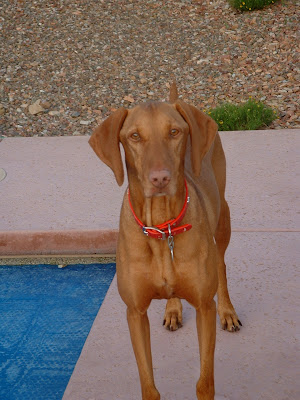In the beginning
An icon writing retreat begins with time reflecting on the creation story in Genesis. Joseph Malham, author of the self-guided icon retreat book I am using, writes that the reason for creating an icon is to embark on a journey, in prayer and silence, in which one will come to know intimately a person, Jesus or Mary the Theotokos, or the Trinity, or some other, as a portal into deeper awareness of God’s truth and beauty. It is a journey that entails an inner dynamic of speaking and listening, listening and speaking.
In the beginning, God created. God pulled forth from a swirling mass of chaos and set it in order - earth, sky, sun, moon, land, water and all living creatures.
In the beginning God created humankind from the dirt of the land. This earth creature was blessed. Ellen Davis, OT theologian and professor at Duke, says that God blesses all creatures to grow fruitful and multiply, not just human kind. The NRSV says that all creatures of the waters and air are to grow fruitful and multiply. It does not say this about cows and other creatures. Curiously...but I think her point, as an environmentalist, is that humans are not blessed above all creatures nor are we raised to do what we want with creation. There is a violence in the way humans live, the way our food is raised and slaughtered or harvested. The poet Ocean Vuong speaks about the violence in the English language: “I’d kill for” “Battleground state” “target” and so forth. We are a people anchored in violence.
Rita Nakashima Brock argues in “Saving Paradise: How Christianity traded love of this world for crucifixion and empire” that this human, adam (earth creature) encompasses both male and female. Citing Phyllis Trible: “if the woman is to be held accountable for knowing God’s warning to avoid eating of the tree of knowledge, she had to have been coexistant as the earth creature with the male. God gave the commandment before distinguishing male and female from the earth creature. Christianity tries to say that God created the male first, and also that the female is responsible for the fall. When God explains to the earth creature that not all of the trees are safe to eat the story suggests that Creation has boundaries and acquiring knowledge carries risks.
Jan Richardson in her book, In the Sanctuary of Women, writes that sin and brokenness are not the whole story of Adam and Eve in the garden. Our beginnings, she writes, hold mysteries deeper than doctrine. Eve challenges us to look at where we’ve come from.
Since about the third century Christianity has focused on sin, on crucifixion and death, on original sin. Of the fall of human kind. As if our salvation depends on this emphasis of being sin-filled; so that the death of Jesus makes sense to save us. But before the church focused on this idea, the church had another one that was not about violence and death, but about love and creation and God.
Eve’s story, Richardson says, is a story of original hunger. Creation offers us opportunities to learn and grow. But that comes with risk.
What are our longings and where have the lead us?
What hunger gave rise to this?
Quoting Susan Niditch, Richardson writes:” to be the curious one, the seeker of knowledge, the tester of limits, is to be quintessentially human.” Then she says, “We cannot stretch beyond ourselves and yet cling to what is known...this is exile.”
Exile, being in a place that is unknown, which stretches one beyond one’s self, letting go of what is known.
Day three of icon writing retreat: spending time completely alone, with only music, and books, a rabbit and this icon.
What is the hunger that gave rise to this?




Comments